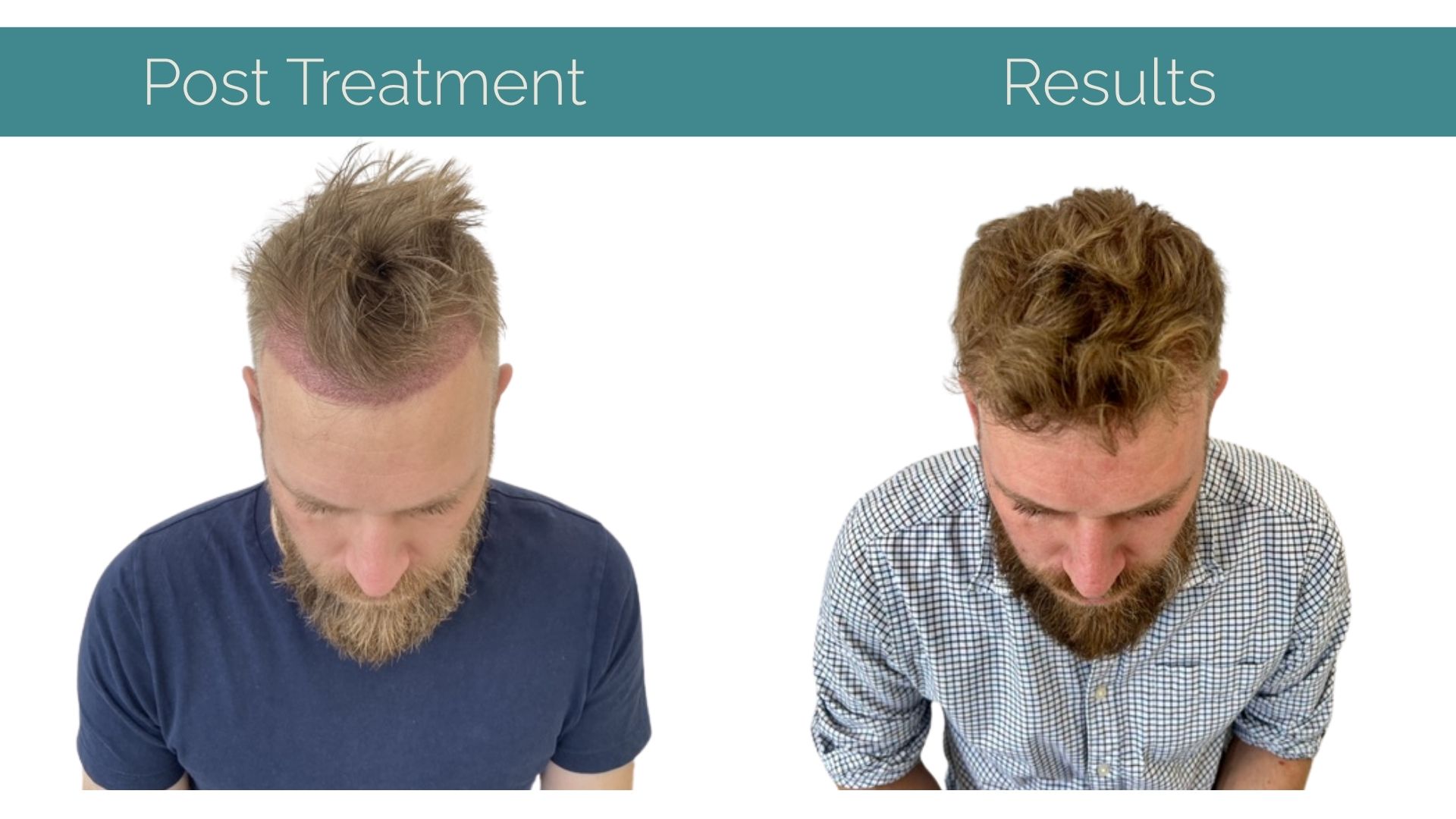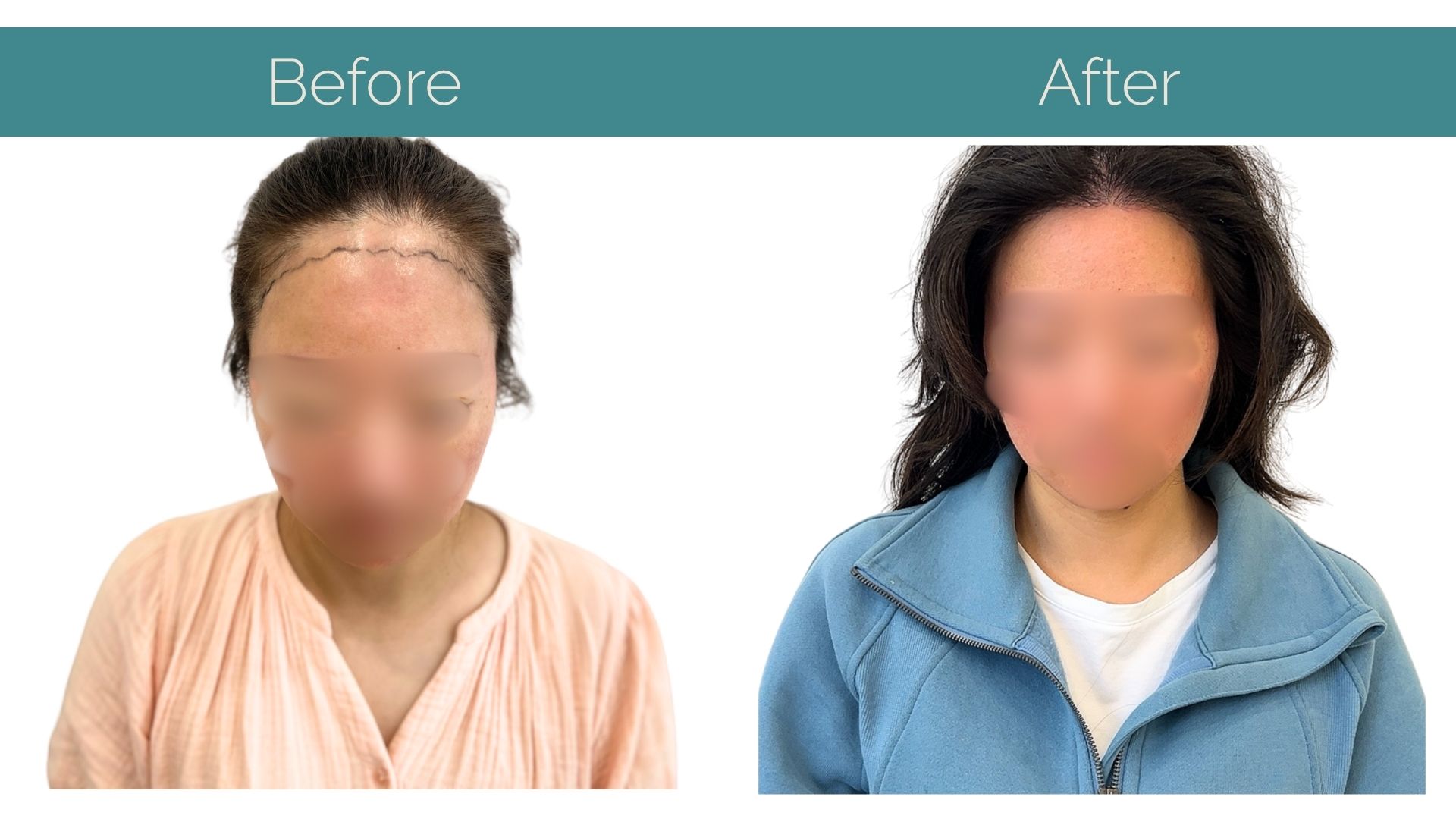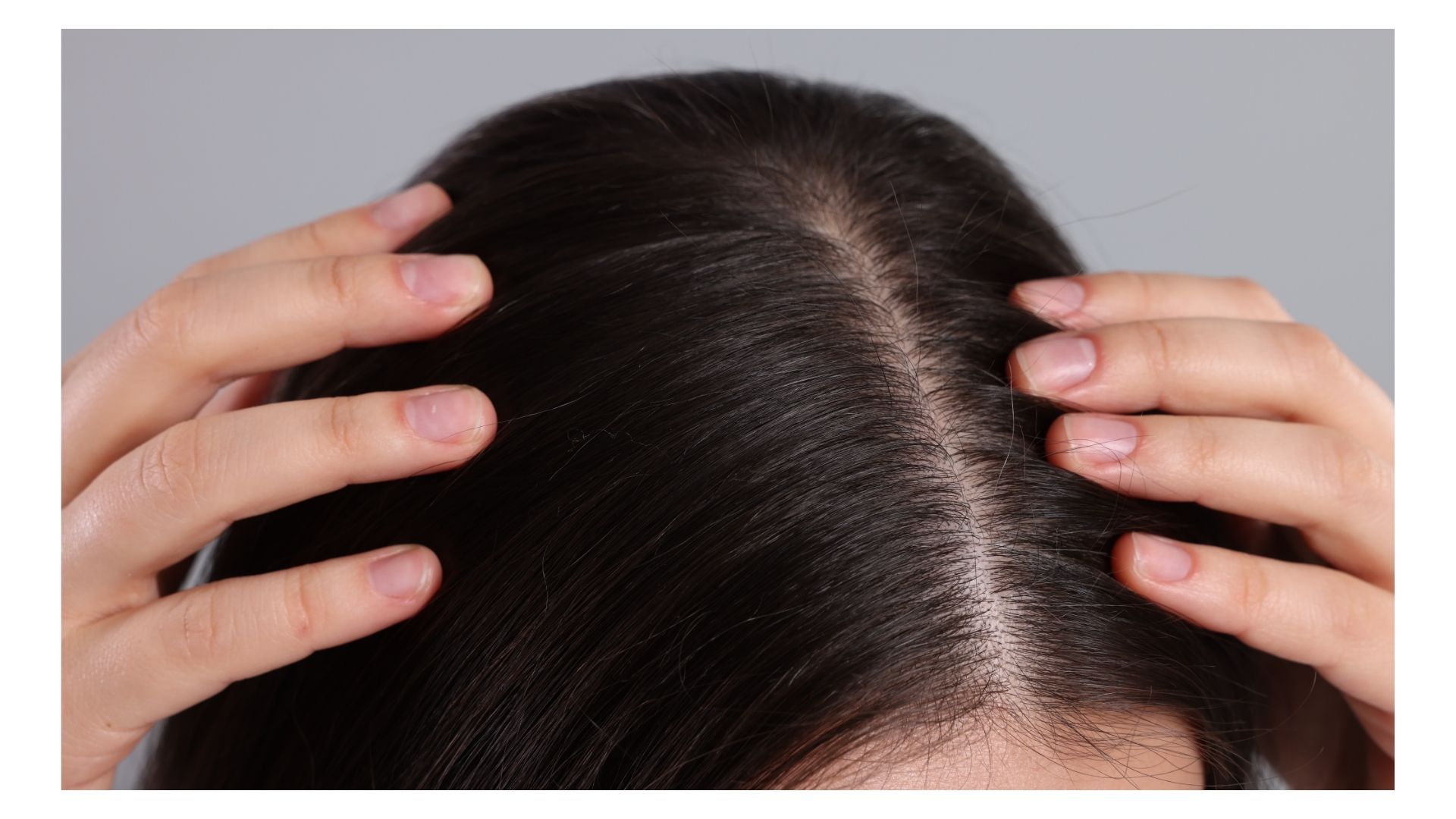From regaining confidence to restoring a sense of youth, treatments such as FUE (Follicular Unit Extraction), DHI (Direct Hair Implantation), Plasma Therapy and Stem-Cell Therapy have opened new possibilities for people facing hair loss.
While undergoing one of these procedures can feel like a decisive milestone, the story doesn’t end in the clinic. What follows in the months and years ahead is equally important. Long-term care is the true foundation of lasting results, and the choices you make every day will influence how well your restored hair thrives.
Understanding the Landscape of Hair Restoration
To appreciate why long-term care matters, it helps to understand what makes each treatment unique.
FUE remains one of the most common techniques, involving the precise extraction of individual hair follicles from a donor area and their placement into thinning or balding regions. DHI builds upon this concept, using a specialist tool to implant hair directly into the scalp, offering more control and potentially reducing the handling of follicles.
Plasma Therapy, often known as PRP, takes an entirely different approach by drawing on the patient’s own blood. The plasma, rich in growth factors, is injected into the scalp to stimulate natural hair growth and strengthen existing follicles. Stem-Cell Therapy goes even further, employing regenerative science to encourage new follicle activity and improve hair quality at a cellular level.
Each of these methods has its own rhythm of results, and understanding their differences is the first step in appreciating why aftercare cannot be one-size-fits-all.
Long-Term Care After FUE and DHI
FUE and DHI are surgical methods of hair restoration, and their long-term care requirements share many similarities.
Immediately following either treatment, the scalp is delicate, and transplanted follicles are in a vulnerable state. Patients are often advised to adopt a gentle hair care routine, using mild shampoos free from harsh chemicals and avoiding vigorous washing.
Over time, even after the scalp has healed, it is still wise to handle hair with care, as these transplanted follicles need consistency to thrive.
Another key consideration is sun exposure. After a transplant, the scalp becomes particularly sensitive, and unprotected time in the sun can inflame or damage new grafts. Wearing a hat or applying sunscreen with a high SPF during the first six months is highly recommended. Protecting the scalp from UV rays ensures that follicles are not compromised during their crucial settling period.
Nutrition also plays a pivotal role. Diets rich in protein, essential vitamins and omega-3 fatty acids provide the building blocks for healthy growth. Lean meats, eggs, nuts, fatty fish and leafy greens are often highlighted by specialists for their supportive benefits.
Hydration is equally important, as the scalp and hair need adequate moisture to remain in good condition.
Finally, regular follow-up appointments with your specialist are essential. These visits allow for professional monitoring, ensuring that the follicles are taking root properly and that growth is progressing as expected. They also provide opportunities to address concerns early and explore supplementary treatments if needed.
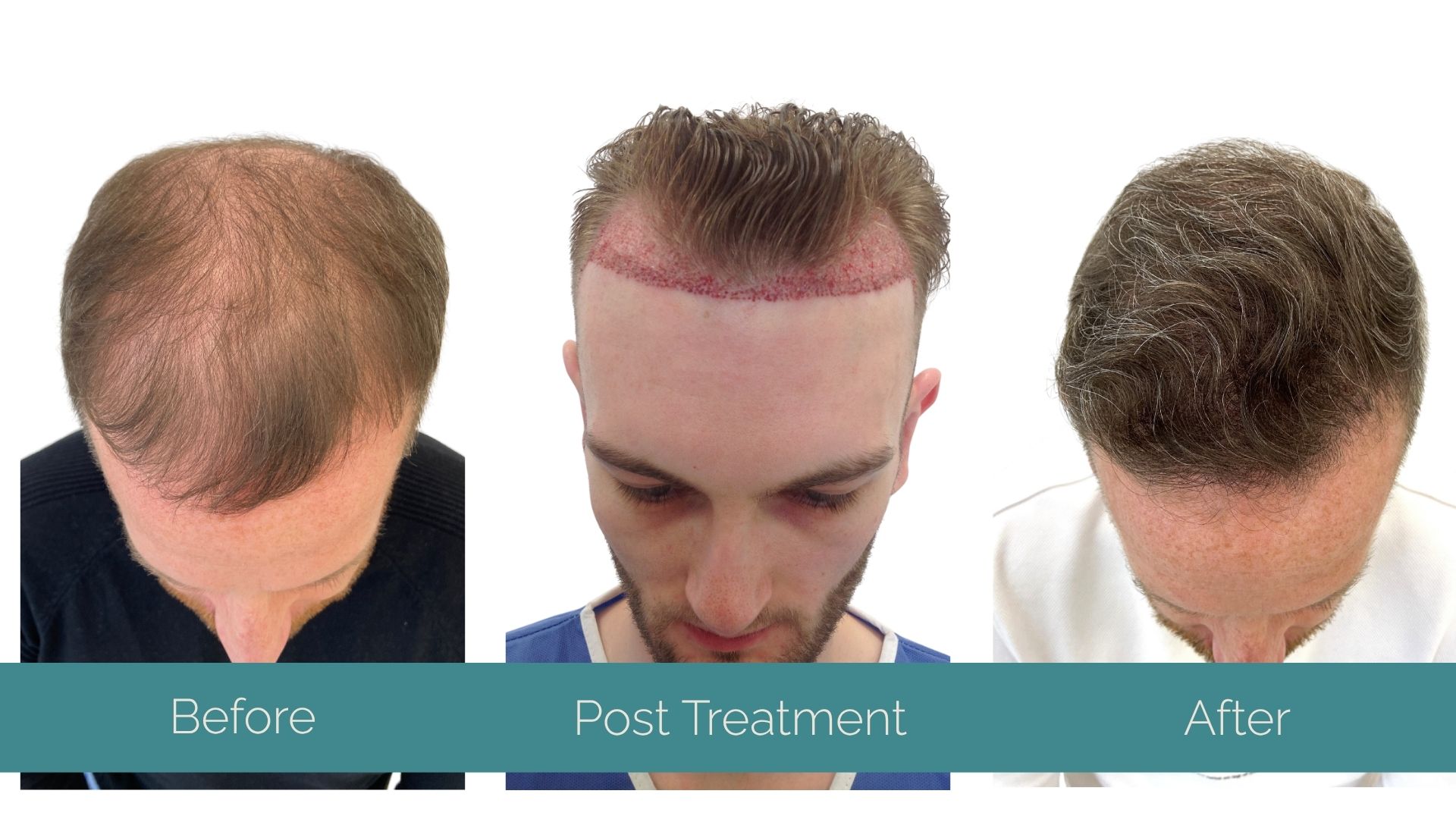
Long-Term Care After Plasma Therapy
Plasma Therapy, or PRP, is not a one-off procedure but rather an ongoing commitment. Since PRP relies on stimulating growth within existing follicles, its success depends on consistency.
Patients are often scheduled for multiple sessions in the first year, followed by maintenance treatments every few months. These “top-up” appointments refresh the follicle environment and sustain the results over the long term.
Lifestyle choices can significantly influence the effectiveness of Plasma Therapy. Good blood circulation is critical because it carries nutrients to the follicles. Habits such as smoking or heavy drinking can restrict circulation, weakening the therapy’s impact. By contrast, reducing or eliminating these behaviours can help maximise outcomes.
Day-to-day hair care also matters. Gentle, nourishing shampoos and conditioners protect the scalp and maintain a healthy environment for growth. Harsh products, extreme heat from styling tools, or abrasive treatments can all undo the benefits of PRP. Some patients also find supplements containing biotin, folic acid, zinc and iron to be helpful, although it is important to consult with a doctor before adding any to your routine.
The key takeaway with PRP is that it requires ongoing attention. Skipping follow-up sessions or neglecting healthy lifestyle choices can reduce its long-term effectiveness. When properly managed, however, Plasma Therapy has the potential to produce gradual and natural-looking improvements that build over time.
Long-Term Care After Stem-Cell Therapy
Stem-Cell Therapy represents one of the most advanced options in modern hair restoration. Unlike transplants, the results are not immediate. Instead, this therapy works over time by regenerating follicles and encouraging them to function more effectively. Patients often need annual or biannual follow-up treatments to maintain progress and reinforce the effects.
Because results appear slowly, lifestyle management becomes especially important. Stress has been shown to interrupt the hair growth cycle, which is why practices such as meditation, regular exercise and relaxation techniques are highly recommended.
Adequate sleep is also essential. During rest, the body regenerates and repairs cells, including those linked to hair follicles. Ensuring seven to eight hours of quality sleep can make a significant difference to the therapy’s success.
Hydration and scalp stimulation are further cornerstones of long-term care after Stem-Cell Therapy. Drinking enough water keeps both the scalp and hair in good condition, preventing dryness and brittleness. Meanwhile, regular scalp massage boosts blood flow, helping follicles receive the oxygen and nutrients they need to flourish. Even a few minutes of gentle massage each week can have noticeable long-term benefits.
Universal Principles of Long-Term Hair Care
While the aftercare routines differ between FUE, DHI, PRP and Stem-Cell Therapy, certain universal principles apply across all treatments.
Above all, patience is essential. Hair restoration does not produce overnight results. Growth occurs gradually, often over several months or even years. Accepting this timeline and avoiding the temptation to judge results too early can make the journey less stressful and more rewarding.
Consistency is another universal requirement. Whether it involves attending follow-up appointments, sticking to a gentle hair care routine or maintaining a balanced diet, long-term success depends on discipline. Sporadic efforts will rarely deliver the same level of results as consistent habits.
Avoiding unnecessary chemical treatments is also important. Colouring, perming or straightening hair with harsh products can weaken both natural and transplanted follicles. If colouring is essential, specialists often recommend ammonia-free dyes and extended gaps between sessions to reduce stress on the hair.
Perhaps most importantly, adopting a positive mindset transforms the process from a clinical journey into a personal one. Appreciating progress, no matter how gradual, fosters confidence and reinforces a healthier relationship with your hair.
Patients who maintain positivity are often more motivated to follow aftercare recommendations, leading to better long-term outcomes.
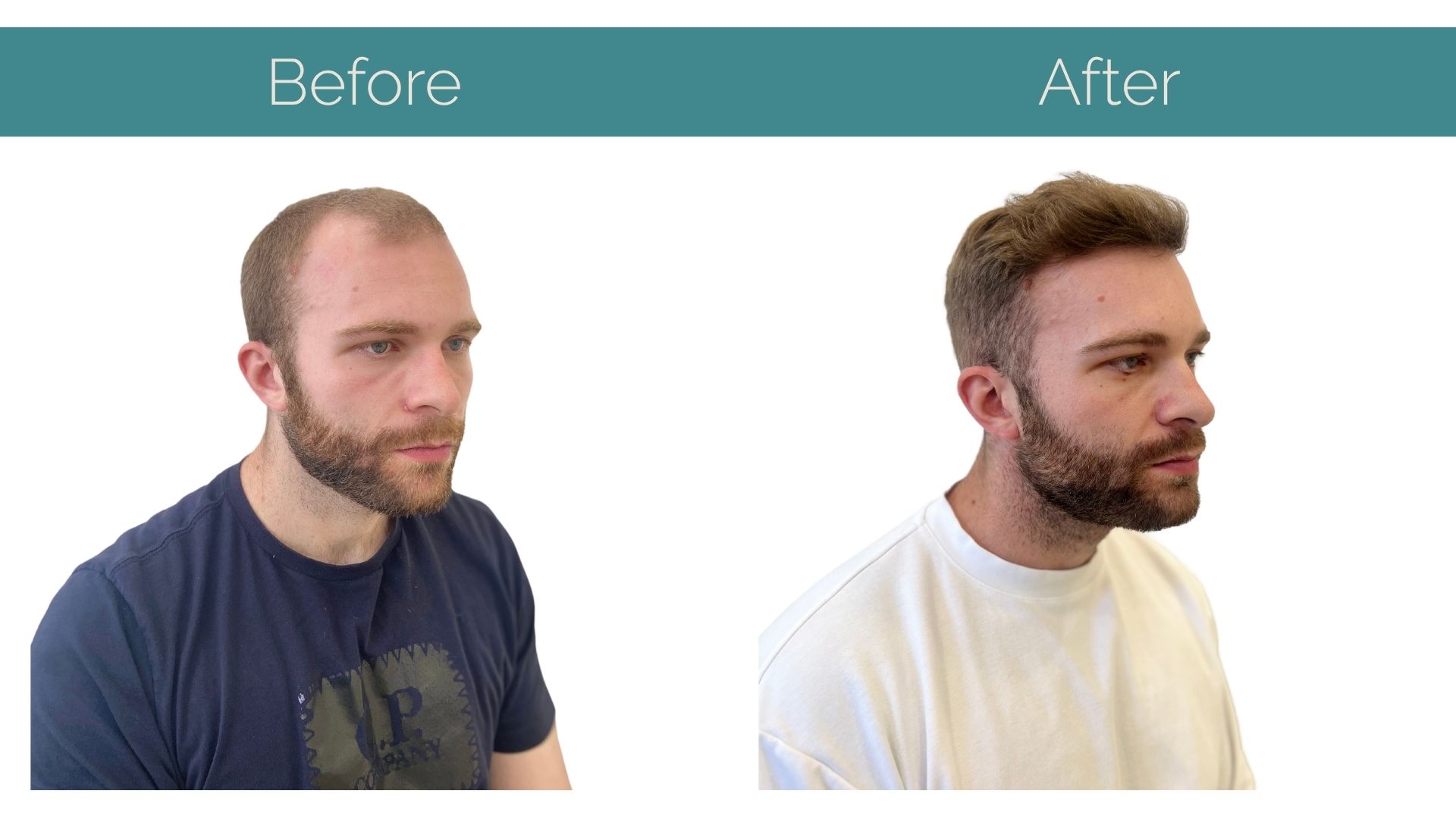
Working With Your Specialist
A successful hair restoration journey is built on partnership. Specialists, like our team at IK Clinics, do more than perform procedures; they guide patients through the months and years that follow.
Regular appointments allow them to spot early signs of potential issues, suggest supplementary treatments and provide reassurance during the slower phases of regrowth. By maintaining this relationship, patients can ensure that their investment – financial, emotional and physical – delivers the best possible return.
Conclusion: A Journey Beyond the Clinic
Hair restoration offers more than a cosmetic improvement. It restores confidence, redefines self-image and often reinvigorates a person’s approach to life. Yet the procedure itself is only the beginning. The long-term care that follows is what cements the results, ensuring they last for years to come.
Whether you have undergone FUE, DHI, Plasma Therapy or Stem-Cell Therapy, the principles remain the same: protect your scalp, nourish your body, adopt healthy habits and stay consistent. With patience and diligence, hair restoration is not just a treatment but a lasting transformation.
About IK Clinics
At IK Clinics, we are proud to stay at the forefront of global hair restoration trends, offering a variety of advanced techniques to meet the diverse needs of our clients. From FUE, PRP to Stem Cell Therapy, we ensure that every client’s treatment is tailored to their personal goals, helping them regain not just their hair but also their confidence.
Interestingly, we don’t just stop at hair restoration treatments, our highly skilled team also offers a range of anti-aging treatments.
